Whether you want to ask a professional for the perfect cut or get started in the industry, knowing the professional haircut terms is essential. Here’s the main hairstyle terminology you should know, including what each hair term means, from A to Z.
Hair Cutting and Hair Styling Terms
Below we have included 50 of the most common hair cutting and hair styling terms with pictures so that you can understand the definitions when talking to your hairstylist!
Acid Perm

An acid perm is a form of permanent, wavy-style hair that produces soft curls. It typically involves using chemicals to set a pH level in the hair of 4.5 to 7.0, hence the name. Acid perms usually require heat to activate the chemicals and work well for people with thinner hair.
Activator
An activator is a chemical that helps speed up the process of hair bleach. Notably, activators can enhance effects without causing additional bleaching damage to hair, so they’re a frequent component of bleach treatments.
Afro
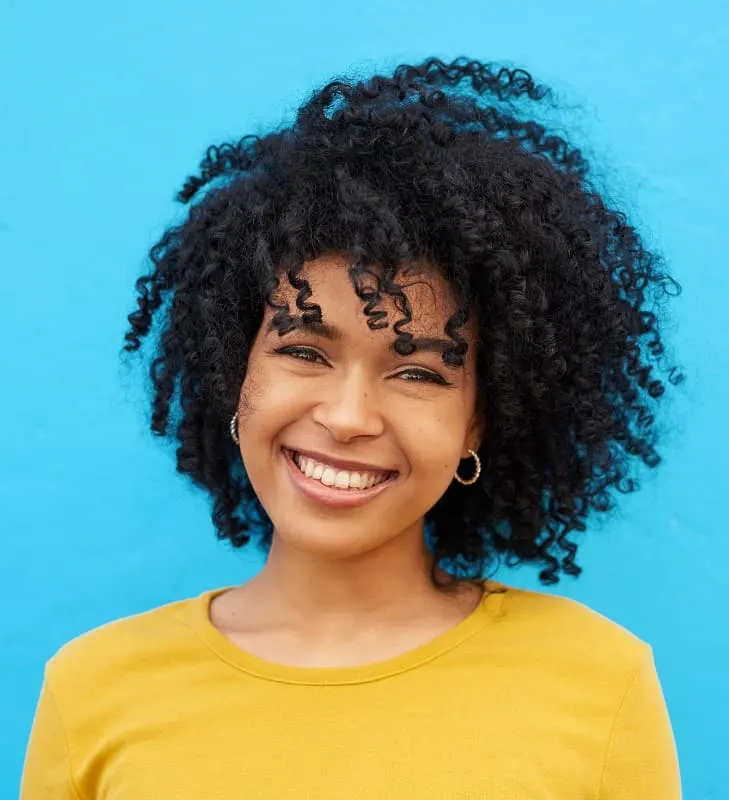
An afro is a hairstyle where kinky, tight curls surround the head, usually in a large, spherical shape. Some people have a natural tendency towards afros, but other people may need to use tools like afro picks to help create this distinctive look.
A-Line Bob
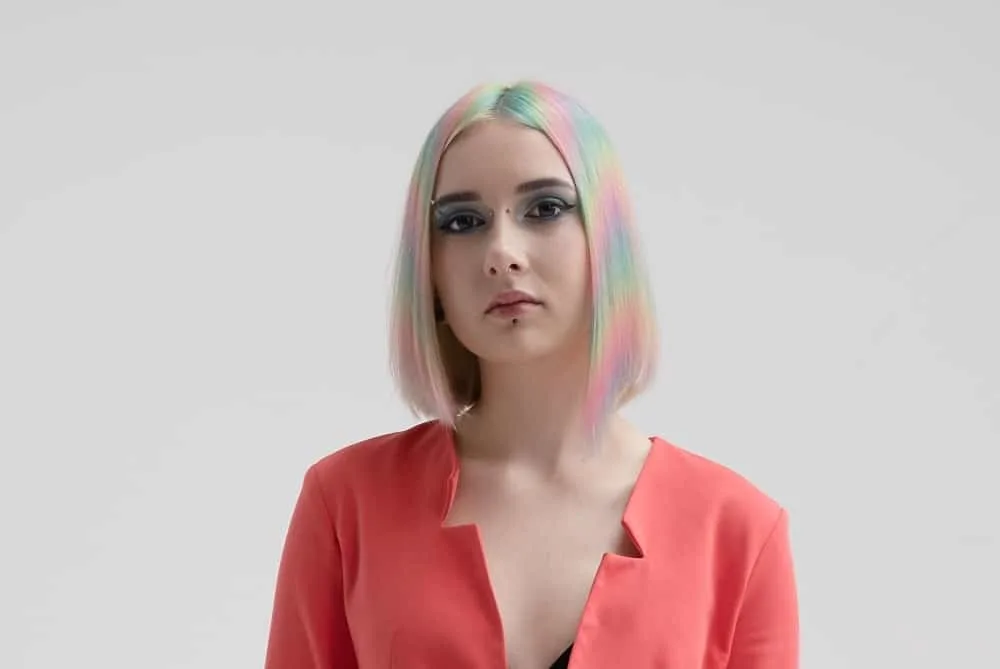
An a-line bob haircut is similar to a regular bob, but it’s somewhat longer in the front than in the back. From behind, it looks somewhat like a capital letter A, hence the common name for this style.
Traditional a-line bobs involve straight hair, but it’s possible to make this cut with wavy or curly hair.
Alkaline Perm
Alkaline perms are the more common type of perm that people get. These are sometimes called “cold perms” and typically use chemicals with a pH balance of 8.2 to 9.6. Alkaline perms are usually better for people with thick and coarse hair, but they’re also a little more damaging.
Alopecia Areata

Alopecia areata is the medical term for baldness. Some variants of this condition include alopecia totalis (losing all hair on the scalp) and the much rarer alopecia universalis (where someone completely loses all hair on their body).
Hairstylists cannot directly treat this condition, but they can help minimize the visual impact for some people using various cutting, layering, and dying techniques.
Amino Acid
Amino acids are natural chemicals created by the body that form a significant part of the hair. This is particularly true for the protein keratin in hair, which is composed of more than a dozen types of amino acids. Some stylists may use amino acid treatments to help improve hair health or volume.
Ammonia

Ammonia is one of the most common chemicals in hair dyes, although dyes can use alternatives. This chemical can split the proteins in hair, allowing other chemicals to access the interior and dye the shaft.
Ammonium Thioglycolate
Sometimes known as “perm salt”, this chemical helps swell up hair and break certain bonds in it. The practical result is that it’s possible to perm hair immediately after this process, making ammonium thioglycolate a common substance in many hair salons.
Anagen

Anagen is the main active section of hair growth cycle. This phase lasts roughly two to six years for each strand of hair, after which the hair tends to fall out naturally. While the exact number of hair follicles in this state varies from person to person, most people have about 85% of their hair in this phase at any time.
Asymmetrical
An asymmetrical hairstyle has different lengths on each side. This can range from a subtle difference to a drastic, obvious one. Some people may request asymmetrical hairstyles to help hide other concerns, such as being slightly shorter on one side of their body.
Balayage
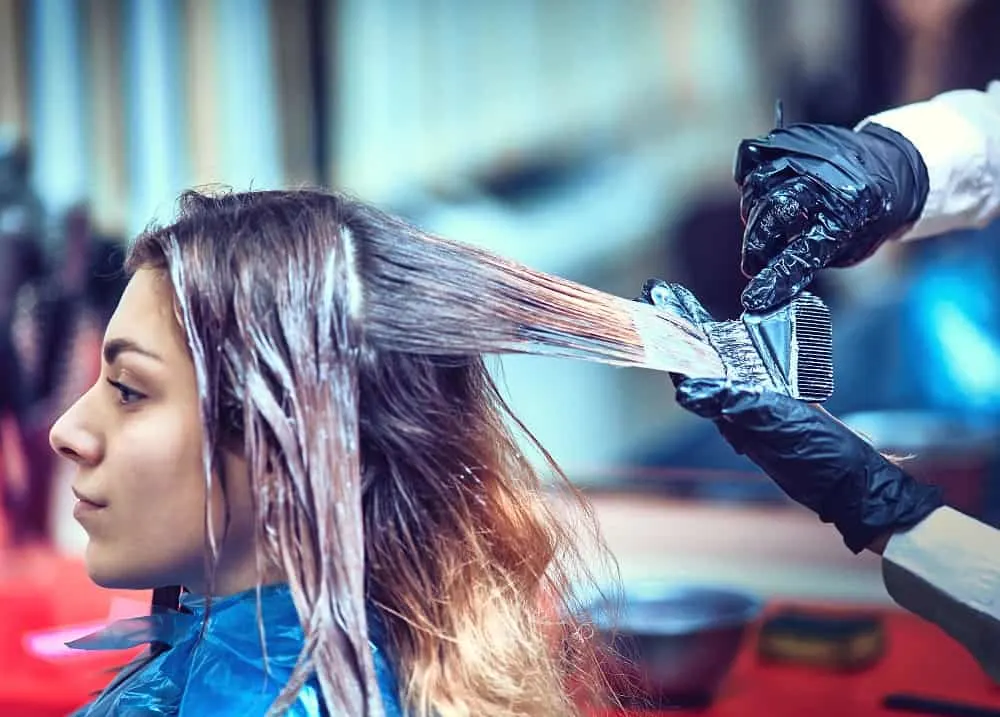
Balayage is a French highlighting technique where color is painted onto the hair by hand. Most people who get this use highlights that are a few shades lighter than their base color, creating a natural-looking gradient in the hair.
Remember that this is a technique, not a color. Many people refer to the colors of this technique by the technique’s name, but that’s technically incorrect.
Bangs
Bangs are the part of the hair present in front of the forehead. People usually trim these to an area just above the eyebrows, although you can also sweep them to the side or trim them far back for different looks. Bangs have a major impact on many hairstyles, so learning how to place and manipulate them is a fundamental skill for hairstylists.
Barbicide

Barbicide is a branded disinfectant used by many hair salons. At one time, states required barbershops and similar stores to use it, but those laws are mostly no longer in place. This specific product is an EPA-approved mix that kills germs, fungi, and viruses, including threats like hepatitis B and C and HIV-1.
Bi-Lateral Haircut
This is another name for mullets (see below).
Bleach
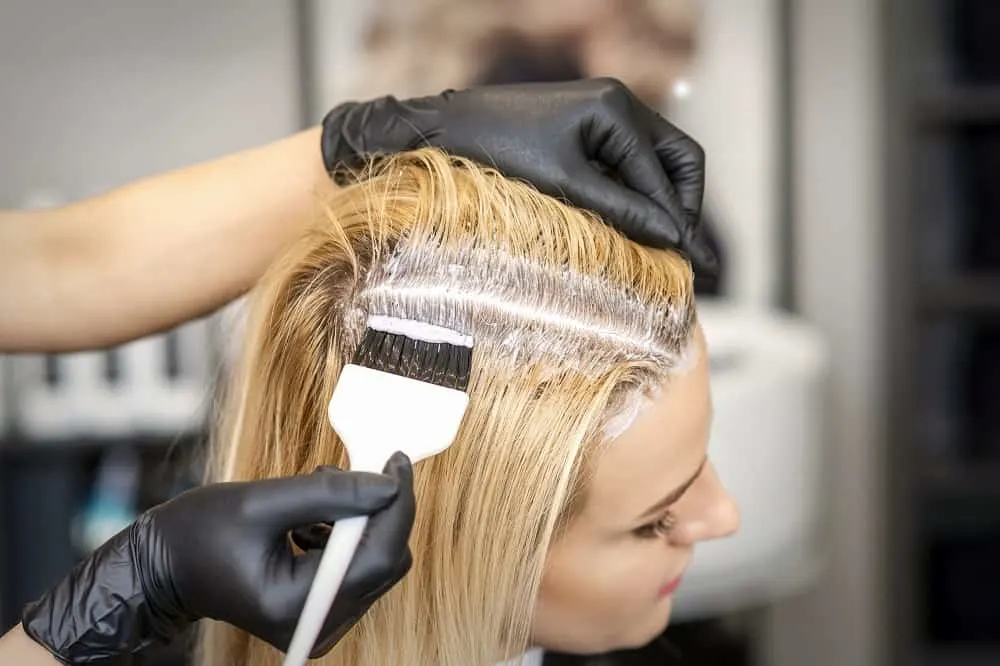
Bleach is a common coloring agent that can create a light brown or blonde color in most darker hairs. While it thickens hair, it also leaves hair permanently drier and more brittle, so hairstylists need to maintain tight control of the concentration to avoid damaging hair too much.
Blending
Blending is the process of mixing one line of a haircut into another line to make everything look like it’s part of one cut. This is one of the most basic hair styling techniques, and stylists use it in nearly every cut.
Blowout
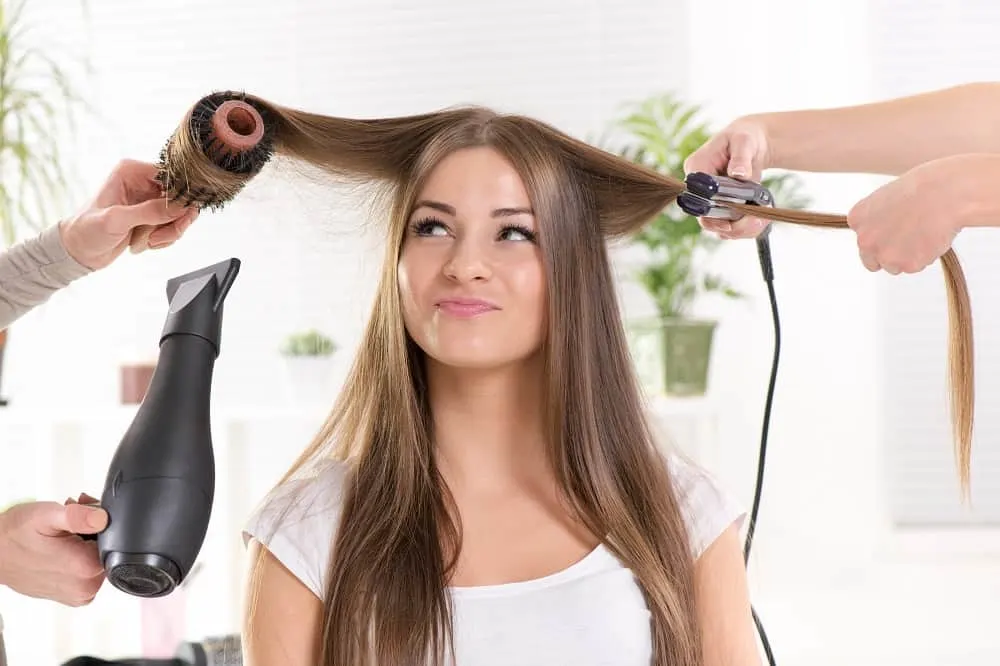
A blowout is a hair salon service involving washing, blow-drying, and styling the hair with hot tools. This has much more attention to detail than drying hair normally and results in a style that lasts for several days.
Braid
A braid is a hairstyle where strands of hair weave together in a pattern. There are near-endless possibilities for braid designs.
Buzz-Cut
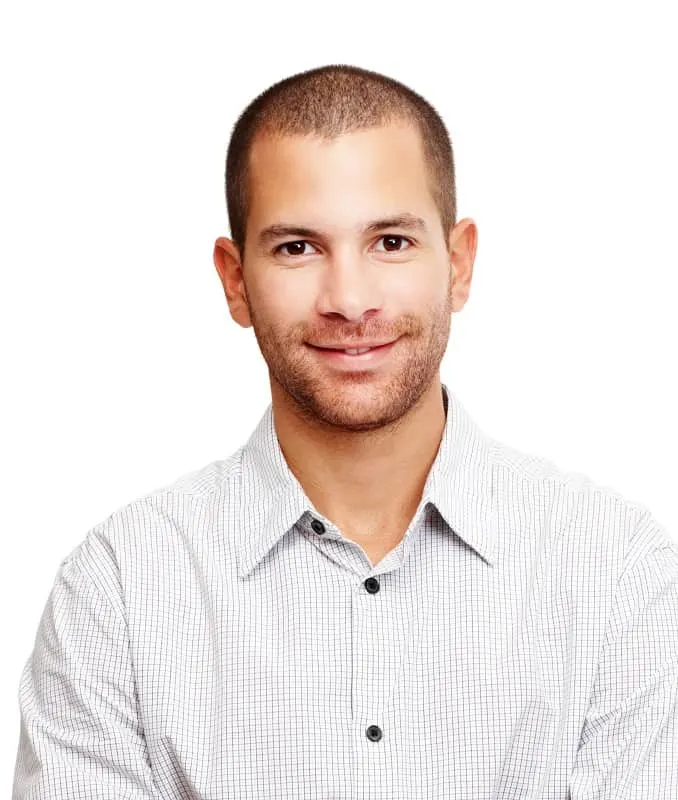
A buzz-cut is where the entire head is shaved until the hair is extremely short, usually with the same length on all sides of the head. It’s commonly used in militaries, as well as among people who want a low-maintenance hairstyle. This style is much more common among men than women.
Chelating Shampoo
Chelating shampoo is a type of shampoo that helps remove metals and minerals from hair. This is especially useful for removing buildup from hard water and removing chlorine after a dip in a pool.
Chignon
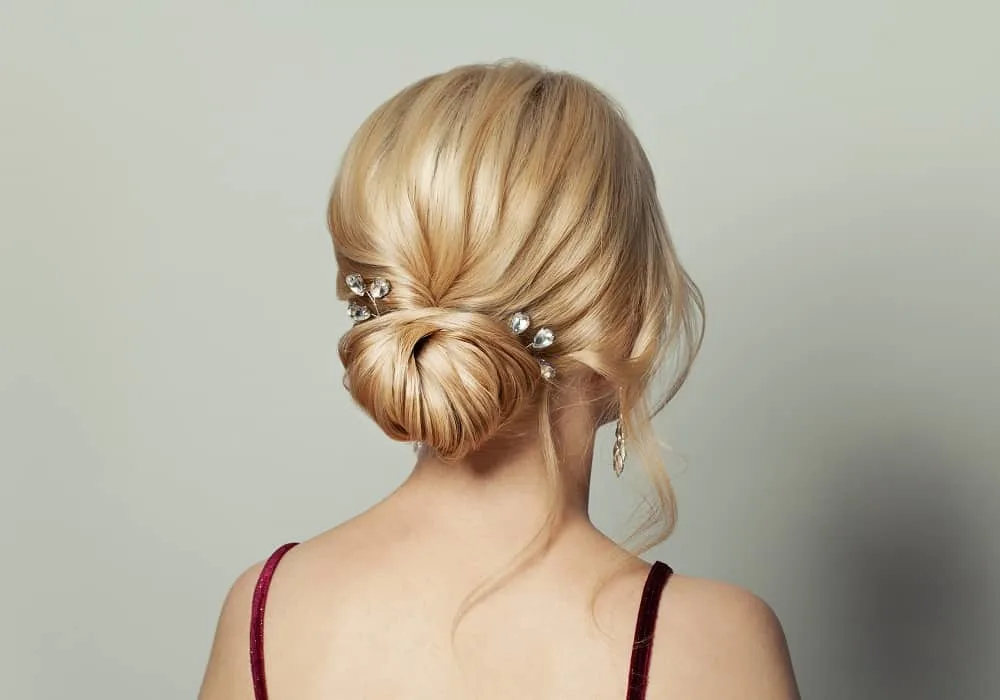
A chignon is a coil or knot of hair, usually arranged on the back of the head. Some people wear these as a casual hairstyle, but people may also request them for special occasions. Chignon is almost universally worn by women.
Clarifying Shampoo
Clarifying shampoo is a more potent version of shampoo that helps remove more buildup in the hair. It typically has a strong pH level, and notably, it can help remove lingering buildup from other hair care products. Most people should not use clarifying shampoo more than once or twice each week.
Clippers
Clippers are electric haircutting tools.
Clipper-Over-Comb

This is a common hairstyling technique where the stylist pulls out hair with a comb to a specific length, then trims it with electric clippers. With practice, this technique is extremely fast and can help create a smooth, even appearance.
Coarse Hair
Coarse hair is about 120 microns thick or a little less than twice as thick as a piece of standard paper. This is in contrast to fine hair, which may be around 35 microns thick. Human fingers are sensitive enough to notice the difference between these sizes when comparing them side-by-side.
Conditioner
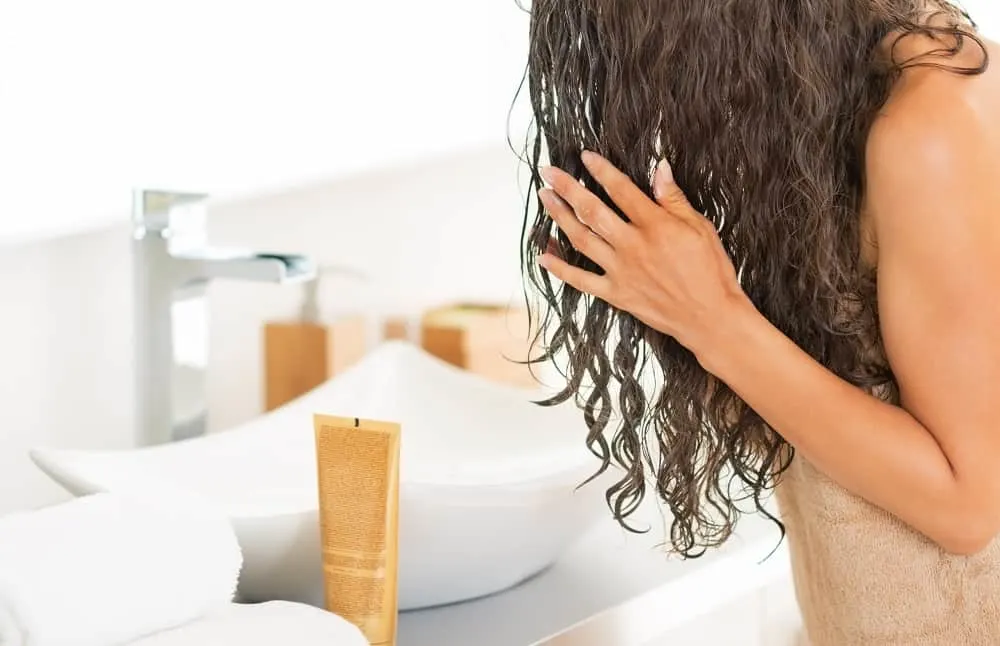
Conditioner is a fundamental hair care product. While the chemical process varies depending on the blend, it typically closes cuticles that shampoo opens. This helps lock in any nutrients added to the hair, ultimately helping strengthen the hair and reducing the occurrence of breaks, split ends, and similar products.
Many people use conditioners as part of their basic haircare routine.
Consultation
The consultation is the first part of most hairstyling services. This is when customers explain what they’re looking for, and the stylist can respond with their opinion or suggestions for achieving a specific look.
Cortex
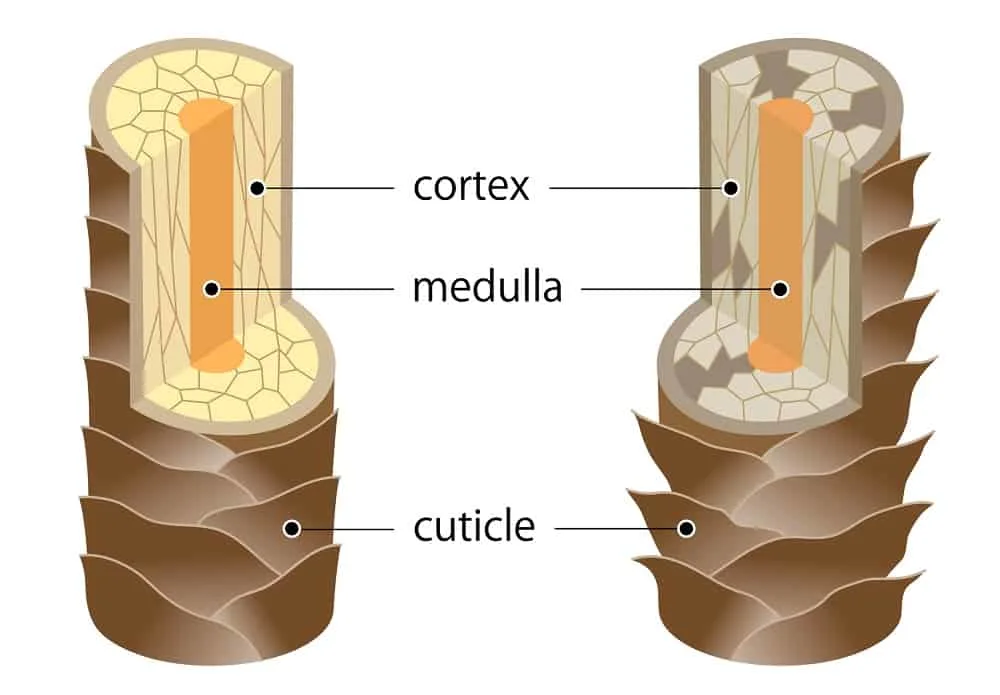
The cortex is the large interior section of a hair shaft. It consists mainly of long bits of keratin and, more notably, is responsible for both the weight and the color of hair. Many coloring treatments involve breaking into the cortex and affecting it with coloring chemicals.
Crew Cut

A crew cut is a popular, tapered haircut where the hair is kept extremely short on the sides but becomes thicker on the top and towards the front. It has more volume than a buzz cut but remains one of the shortest and easiest styles for many people. Crew cuts, like buzz cuts, are significantly more common among men.
Cross-Check
The cross-check is the final step in most haircuts. This is when the stylist checks to ensure everything is even and looks good, especially in areas where vertical subsections meet horizontal ones.
Hair Cuticle
The cuticle is the outermost layer of a hair shaft. Under close inspection, it looks a lot like scales covering the hair. Many styling techniques and chemicals directly affect the cuticles, so learning how to manage them is an essential part of stylist training.
Dandruff
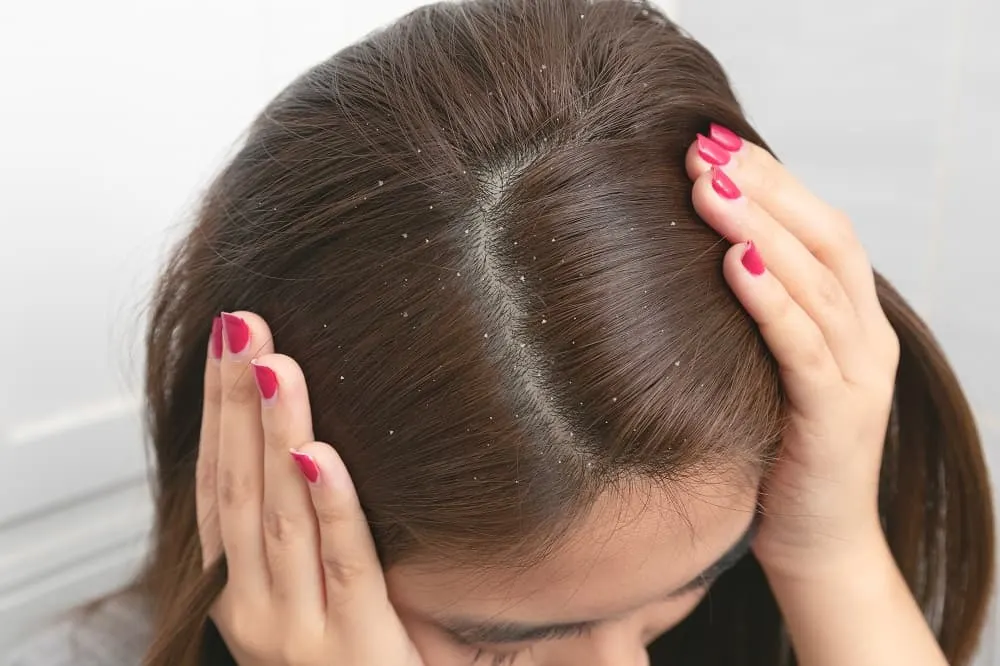
Dandruff is a hair condition where skin flakes fall off the scalp and remain in the hair. Stylists often recommend specific shampoos and cleaning techniques to help manage dandruff. This issue can occur in people of any age, but teenagers tend to be especially sensitive about it and may need to try several things before they find a strategy that works for their needs.
Diffuser
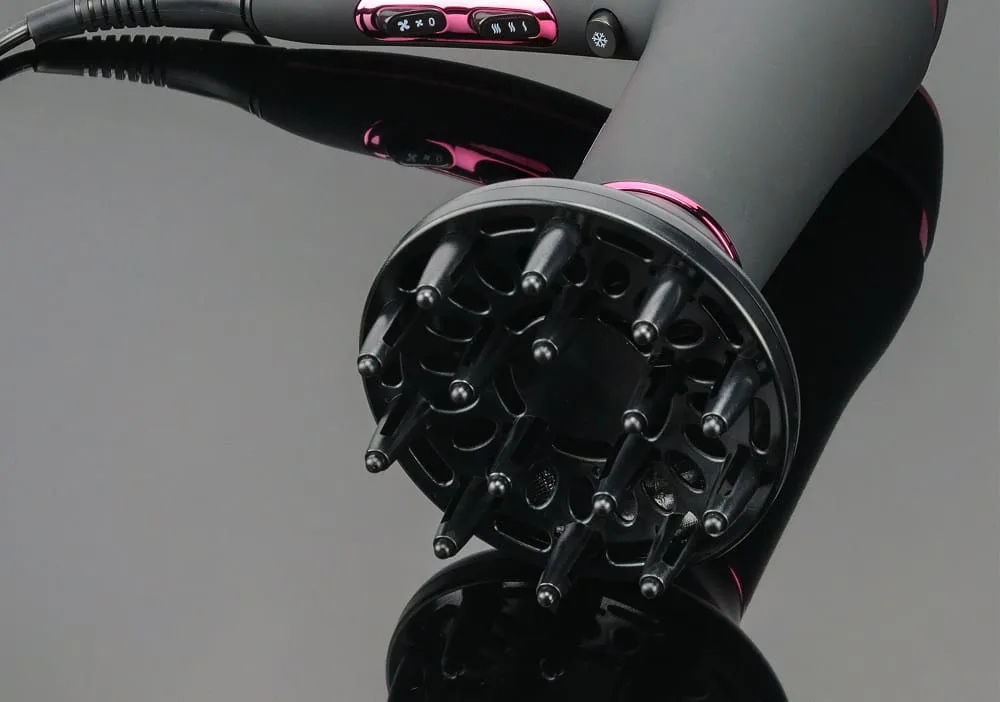
A diffuser is a large attachment for blow-dryers that helps distribute the airflow over a much wider area. Blow dryer diffuser is particularly useful for curly hair because softer airflow won’t disturb curls the way a concentrated blast of hot air might.
Diffusers are popular tools at hair salons, but many people also own one and can use it at home. Hairstylists might end up teaching people how to use a diffuser properly.
Dreadlocks
Dreadlocks are a hairstyle where uncombed hair is twisted into strands, usually around a finger’s width. Variations of this style can be found around the world. People in the United States often associate this style with African-American communities, but it’s also common among some indigenous groups in Asia and Australia.
Extensions
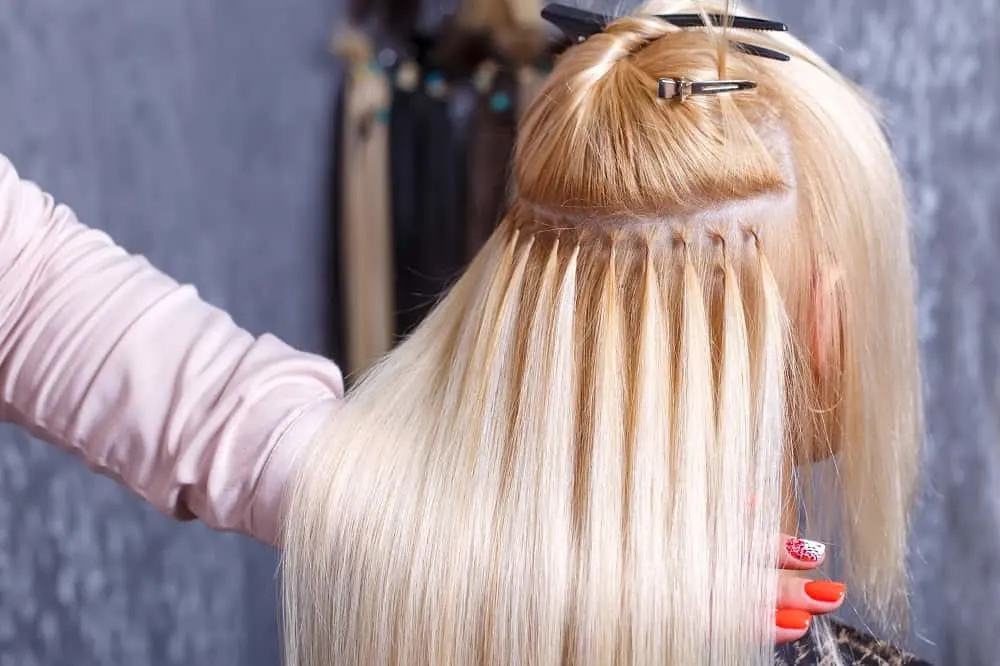
Extensions are pieces of genuine or synthetic hair added to styles to help them look longer or thicker. Most extensions go near the scalp, where they can hide under the user’s natural hair. Extensions are easy to place and remove but often require additional styling to ensure they match the rest of someone’s hairstyle.
Finishing Spray
Finishing spray is a product that hairstylists use to keep hair in place after styling it. This is one of the last steps of many cuts, though stylists will often do a final cross-check and some additional detail works after spraying this.
Finishing spray doesn’t last particularly long, so anyone who wants to maintain a hairstyle for a long time will likely need to apply other treatments.
Foiling
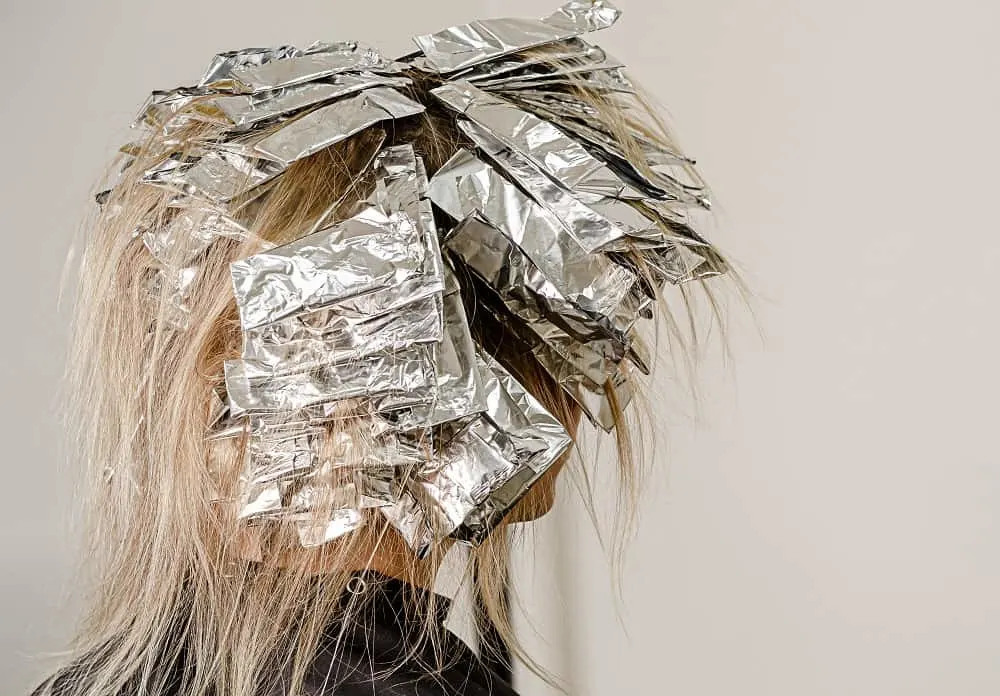
Foiling is a hair highlighting technique where specific parts of hair are separated from others. This is useful for only coloring certain parts of someone’s hair, whether it’s entire strands or sections that someone wants to lighten or darken.
Follicle
The hair follicle is the part of the scalp that houses the root of the hair and holds it in place. Some hair treatment chemicals affect the follicles, often by strengthening, weakening, opening, or closing them to different chemicals.
Freezing Spray
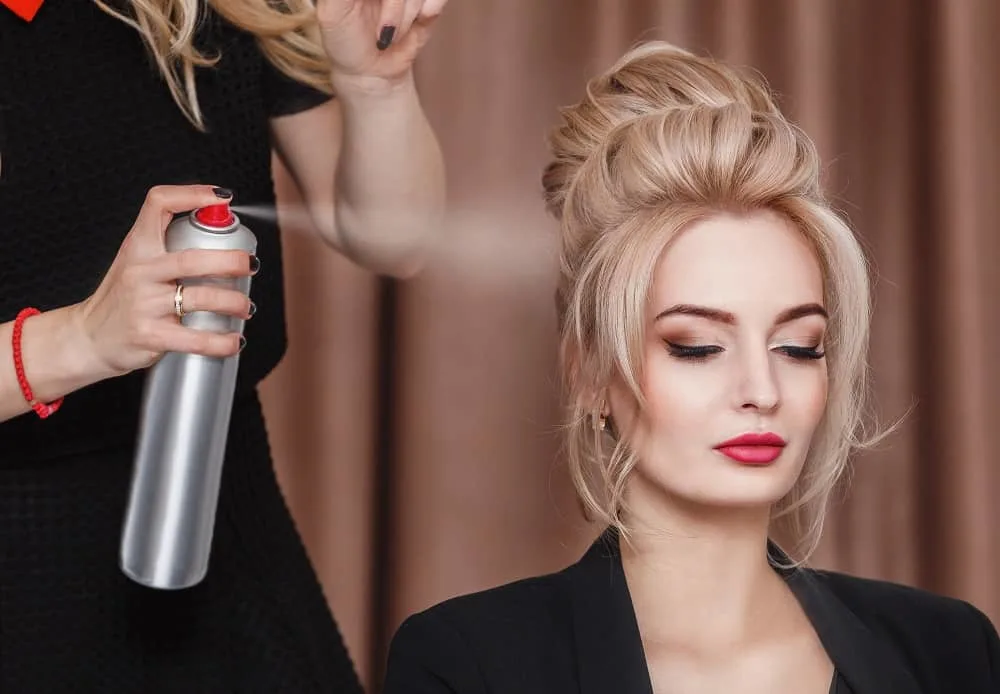
Freezing spray is a considerably more powerful version of finishing spray. This will hold the hair in place and barely move even in heavier wind, making it ideal for people who want to maintain a specific, rigid style.
Freezing spray is often more common among hairstyles for men, especially shorter styles where they want to keep everything in place. Women often prefer more movement in their hair than freezing spray allows, although it is possible to freeze specific sections.
Guide
A guide is the first line in a haircut and serves as a reference for the rest. Matching the next cut to the guide, then the cut after that to the previous cut, ensures that hairstylists can ensure a consistent length all the way along. Many cuts partially overlap to ensure they follow the guide correctly.
Henna Dye
Henna is a plant-based hair coloring that some people use as an alternative to traditional dyes. While few hair dyes are permanent, henna lasts much longer than most other dyes. It’s most vibrant for 4-6 weeks and usually lasts for three to five months in total.
Removing henna faster is extremely difficult, and it may react poorly with other hair treatments, so people should be certain they understand its effects before using it.
Highlights
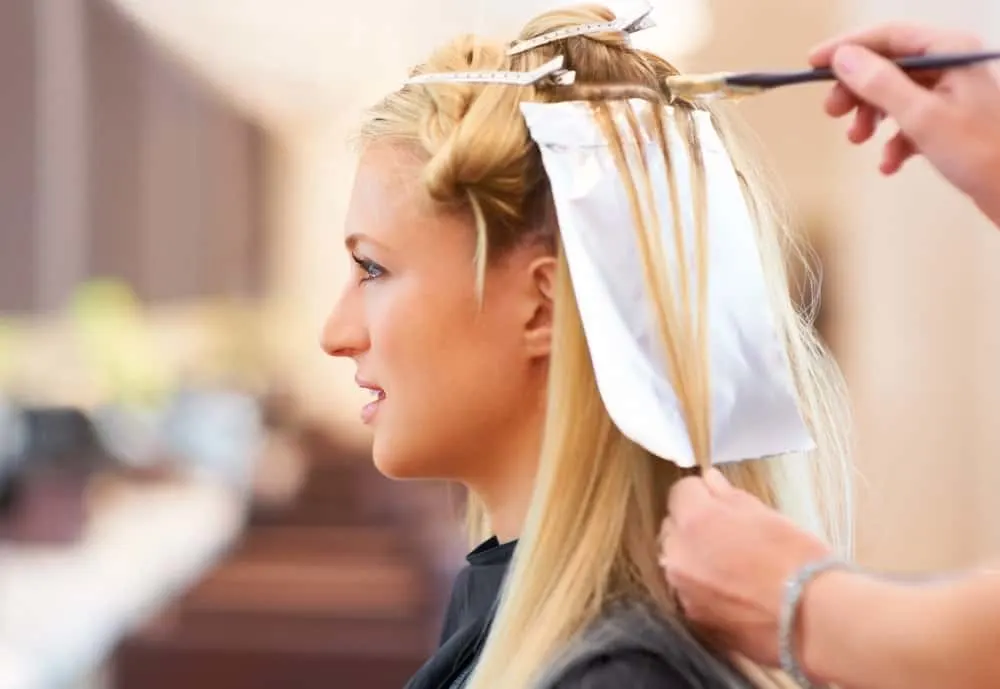
Highlighting is a process that involves lightening some parts of hair, but not all of it. In rarer cases, the same technique can be used to darken some hair and create a similar final effect. Highlighting often uses foiling (above) to mark which sections of hair to color. This reverse of highlighting is often called lowlighting.
Ionic Tools
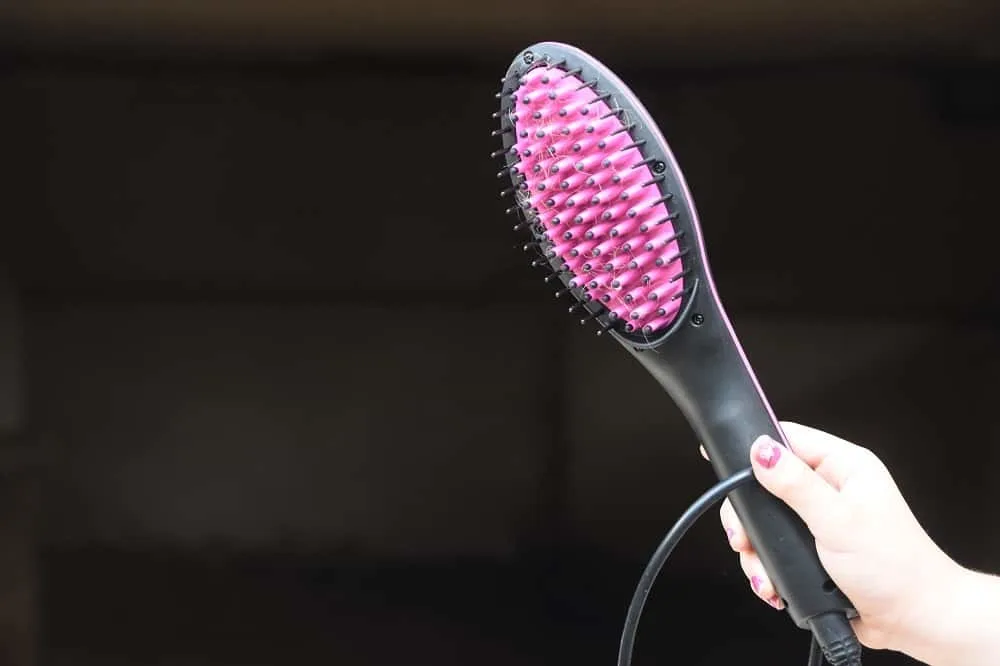
Ionic hairstyling tools such as ionic hair dryer emit negative ions while they work. These tools can disperse and dry hair faster than they otherwise could. In turn, you can expose hair to high temperatures for less time, causing less damage during the treatment.
Keratin

Keratin is a fibrous protein and the main component of hair. This chemical is also present in some other body parts, including human nails.
Some people look for keratin hair supplements on the theory that it might help build or strengthen hair, but products with additional keratin could end up damaging hair instead. It’s usually better to talk to a doctor about it rather than a hairstylist.
Melanin
Melanin is a complex chemical that mainly serves as a pigment for hair and skin.
Most dyeing processes aim to affect the melanin by altering it and inserting other chemicals to change its color. Other dyeing techniques paint over the hair directly, which hides the original color rather than changing it.
Mullet
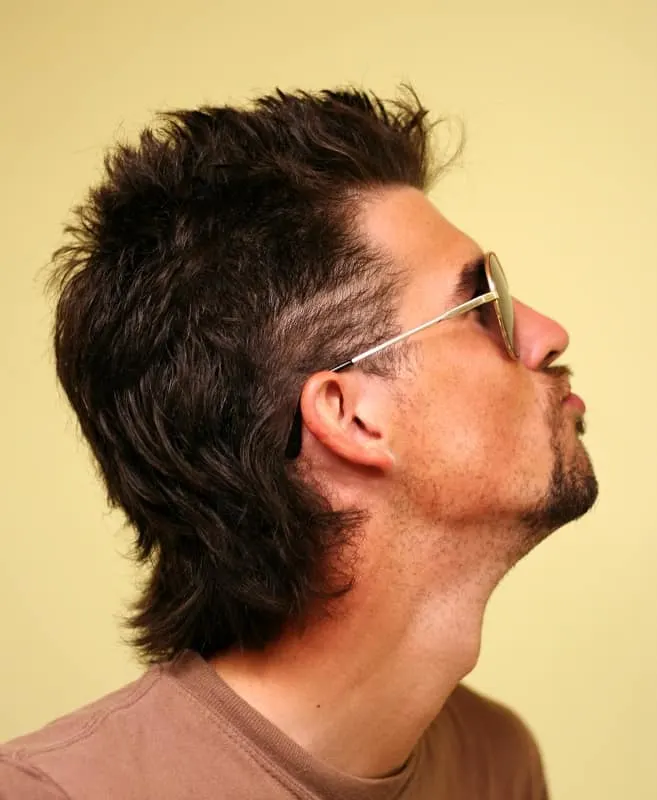
A mullet is a relatively short haircut in the front, often similar to a crew cut, but is much longer in the back.
Patch Test
A patch test is a quick check of new chemicals on a customer. Most stylists do a patch test just behind the client’s ear, where any results are easy to hide. The main purpose of these is to check for allergic reactions.
Such events are rare but often occur enough that stylists need to test for them before proceeding with many procedures.
Perm
A perm is a procedure that adds permanent curls to hair. The process usually involves wrapping the hair around cylinders, then breaking down and reforming the curls. These can be done with acidic or alkaline chemicals, depending on a person’s needs.
Perms usually last three to six months, and the process can take up to five hours.
Sectioning
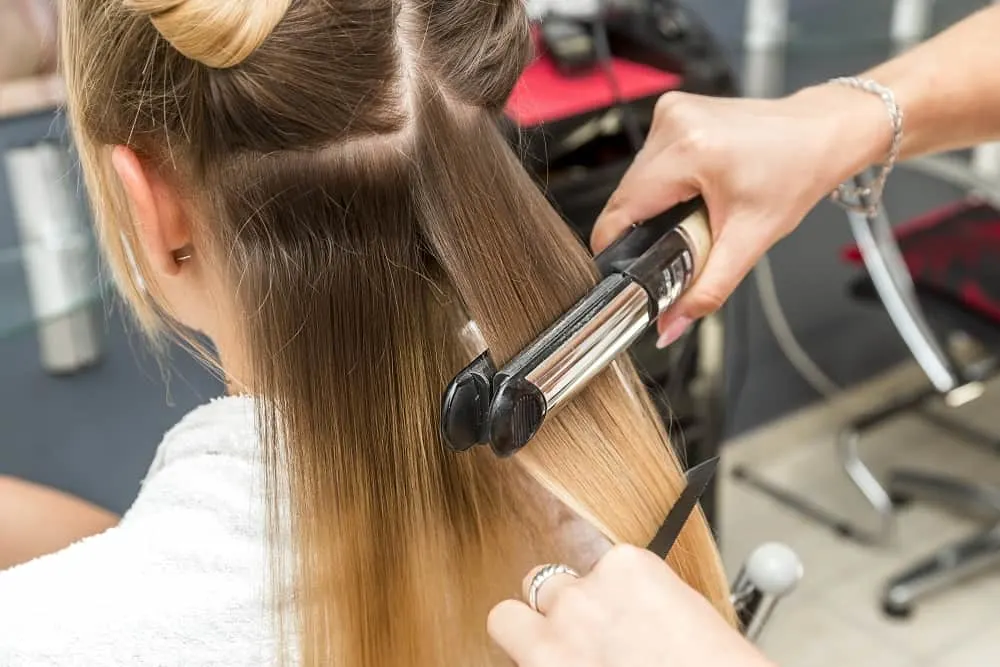
Sectioning is the process of separating hair into smaller areas for working on. More sections mean greater control over the final result.
